
Button batteries ANSI/UL 4200A-2023 Laboratory
Button batteries that do not meet the ANSI/UL 4200a-2023 standard will be delisted.
Recently, some ANSI/UL standards (such as UL1082, UL982, UL1026, UL1081, etc.) have added evaluation requirements for products containing button lithium batteries, requiring sellers to provide a request for compliance with the United States before they can sell normally.
In September 2023, the U.S. Consumer Product Safety Commission (CPSC) voted to approve UL4200A-2023 as a mandatory consumer product safety rule for consumer products containing button batteries to reduce the ingestion hazard to children under 6 years old.
Button batteries are used in many consumer products, such as remote controls, wireless game controllers, toys, and musical greeting cards. Swallowing button batteries by children can be directly fatal. These tiny batteries can burn through a child's esophagus or throat in just two hours. According to CPSC, from 2011 to 2021, button batteries have caused 27 deaths and 54,300 injuries. UL4200A has undergone five revisions since its release in February 2015. Before CPSC issued the requirements, many terminal product standards had explicitly stated that products containing button batteries must meet UL4200A requirements: these terminal product standards include UL1082, UL982, UL1026, UL1081, UL507, etc.
It is worth noting that the specifications issued by CPSC further expand the mandatory scope of UL4200A. As long as the product contains button batteries, it needs to meet the requirements of UL4200A.
To obtain a UL4200A report, you need to go through the following steps, expected to take 2 weeks:
1. Understand the standard: First, understand the specific requirements of UL4200A in depth. This includes requirements for the physical design of button batteries, packaging, warning labels, and educational materials provided.
2. Choose an appropriate laboratory: Find a qualified and reliable third-party laboratory for testing.
3. Submit your product samples for testing. Confirm the final product sample to ensure the accuracy of the test results.
4. Conduct testing: The laboratory will conduct a series of tests on the submitted samples according to the UL4200A label. This may include safety performance testing of batteries, review of labels and packaging, etc.
5. Obtain the report: Once the testing is completed, the laboratory will provide a detailed test report. If your product passes all test items, the report will prove that your product meets the requirements of UL4200A.
6. Demonstrate to customers or platforms such as Amazon that your product complies with relevant safety requirements.
The requirements of UL4200A include:
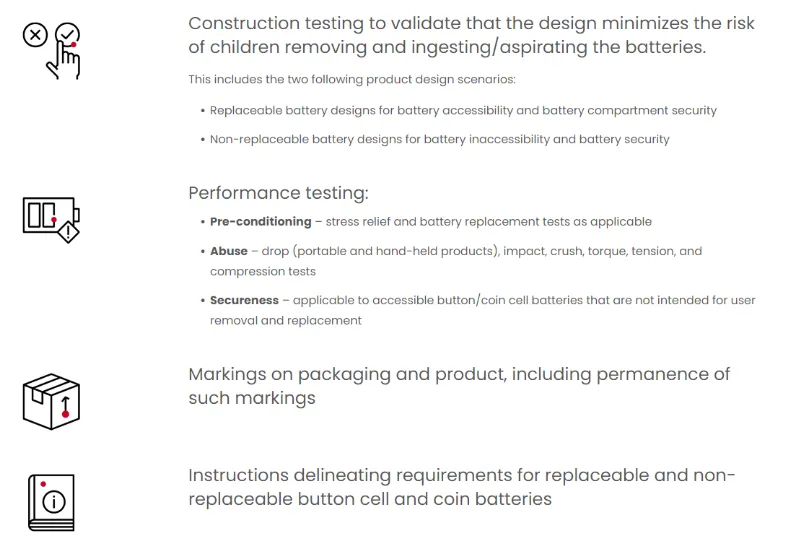
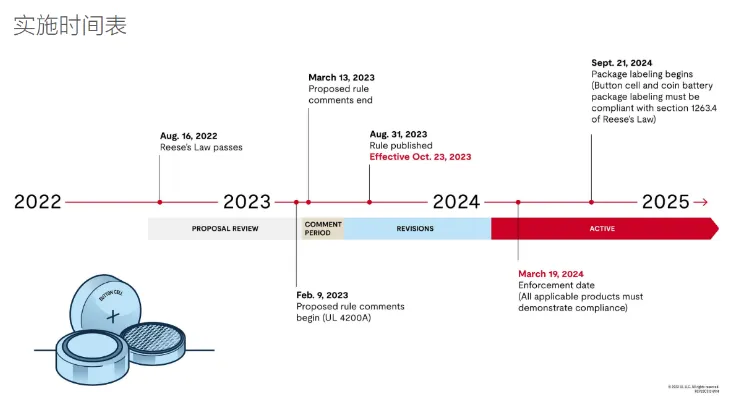
Test contents:
Multiple tests such as short circuit, overcharge, over discharge, vibration, high temperature, low temperature, etc., to ensure that the battery will not explode, ignite, etc., during normal use.
Please note that safety standards and requirements may change over time, so be sure to confirm the latest standard requirements before preparing for testing to ensure that your product complies with current safety requirements. In addition, the UL4200A test report is evidence of compliance with specific standards at a specific point in time, so when product design, manufacturing, or materials change, retesting may be required.
According to ANSI/ul 4200a-2023, the requirements for consumer products containing or designed for use with button batteries or button battery boxes are as follows:
Battery boxes containing replaceable button batteries or button batteries must be secured so that they require the use of tools or at least two independent and simultaneous hand movements to open, to prevent easy access by children.
Button batteries or button battery boxes must not be accessed or released due to use and abuse testing.
The entire product packaging must bear warnings.
If feasible, the product itself must bear warnings.
Accompanying instructions and manuals must include all applicable warnings.
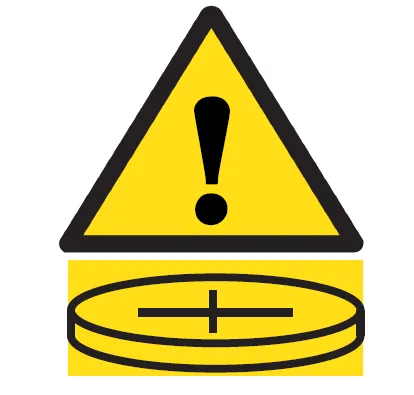


Section 14(a) of the Consumer Product Safety Act (CPSA) requires manufacturers of consumer products subject to regulations, standards, or bans enforced by the CPSC to issue Children's Product Certificates (CPC) for children's products or General Certificates of Conformity (GCC) to certify that these products meet standard requirements.
Label requirements:
General requirements for button battery or coin cell battery packaging labels:
1. All warning statements must be clearly visible, prominent, clear, and permanently marked.
2. The color of warning statements must contrast with the background color on which the warning statements are printed.
3. Warning statements must be in English.
4. When the safety warning symbol (triangle exclamation mark) is used together with signal words, it must appear before the signal word. The bottom of the safety warning symbol must be on the same horizontal line as the bottom of the letters of the signal word. The height of the safety warning symbol must be equal to or greater than the height of the letters of the signal word.
5. The signal words "Warning" and the safety warning symbol must be black letters on an orange background, unless this conflicts with (1) and (2) above or only one color exists, in which case the signal words and safety warning symbol must contrast sharply with the background on which they are printed. Signal words must appear in uppercase sans-serif letters only.
6. Some text on the message panel must be bold and uppercase, such as in the warning label example.
7. For labels required on button batteries and button battery packaging, the size of signal words, hazard statements, etc., must depend on the area of the main display panel.
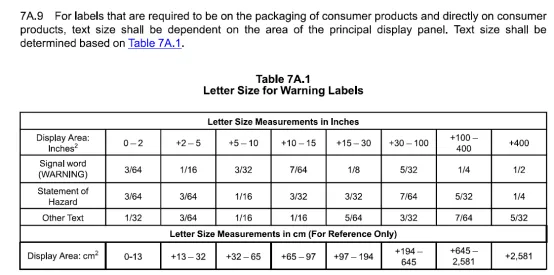
The text size of warning language on products or packaging:
Warning label requirements for button batteries or button battery packaging:
1. The main display panel of the packaging must include warning labels. The diameter of the icon must be at least 8 millimeters (0.3 inches). The text must include the following warning: "

2. If space does not allow for the full warning label as shown in Figure 1, place the icon from Figure 2 on the main display panel, with other warning text displayed on the secondary display panel. The diameter of the icon must be at least 20 millimeters. Text must specify the following warnings, as shown in the figure.

3. Safety-related statements must be indicated on the main or secondary display panel:
(i) Store in original packaging until ready for use.
(ii) Dispose of used batteries immediately and keep them away from children. Do not dispose of batteries in household waste.
4. For button cell batteries or button cell battery packaging separated from consumer products, only section (2) applies.

Do products that can use but not sell with button cell batteries or button cells need to be labeled?
Yes, 16 CFR § 1263.3 applies to consumer products containing or designed to use button cell batteries or button cells. Products that do not come with button cell batteries but can use them also need to be labeled.
Email:hello@jjrlab.com
Write your message here and send it to us
 JJRLAB's New Chemical Laboratory Expansion Complet
JJRLAB's New Chemical Laboratory Expansion Complet
 JJRLAB 5G NR and Sub 6G communication testing
JJRLAB 5G NR and Sub 6G communication testing
 JJRLAB Completes Expansion of CPSC Full Project
JJRLAB Completes Expansion of CPSC Full Project
 What certifications for Middle East exports?
What certifications for Middle East exports?
 US-bound button cell batteries need UL4200A-2023
US-bound button cell batteries need UL4200A-2023
 Button batteries ANSI/UL 4200A-2023 Laboratory
Button batteries ANSI/UL 4200A-2023 Laboratory
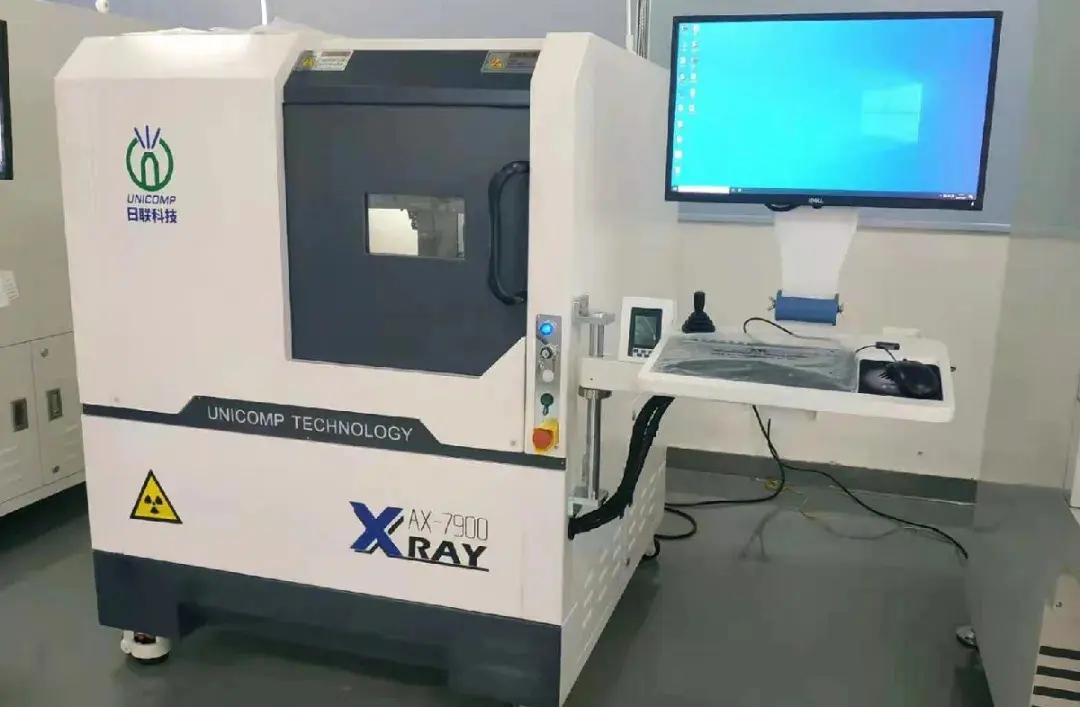 What is a Dun & Bradstreet (D-U-N-S®) Number?
What is a Dun & Bradstreet (D-U-N-S®) Number?
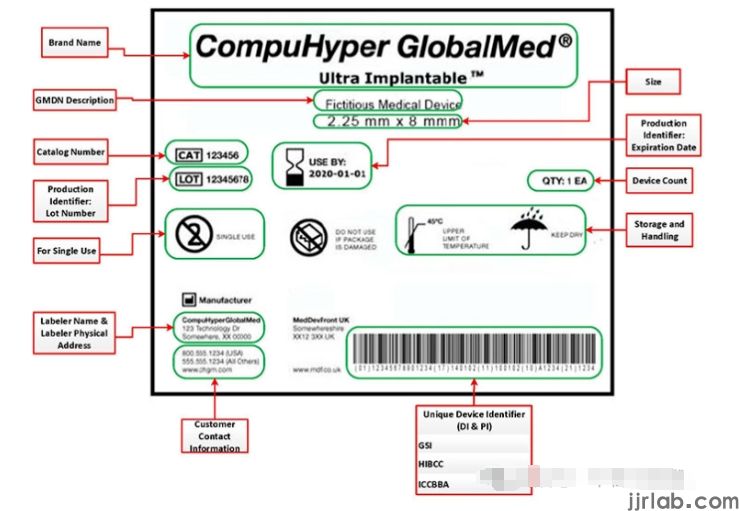 The Compliance Process of UDI with the U.S. FDA
The Compliance Process of UDI with the U.S. FDA
Leave us a message
24-hour online customer service at any time to respond, so that you worry!




